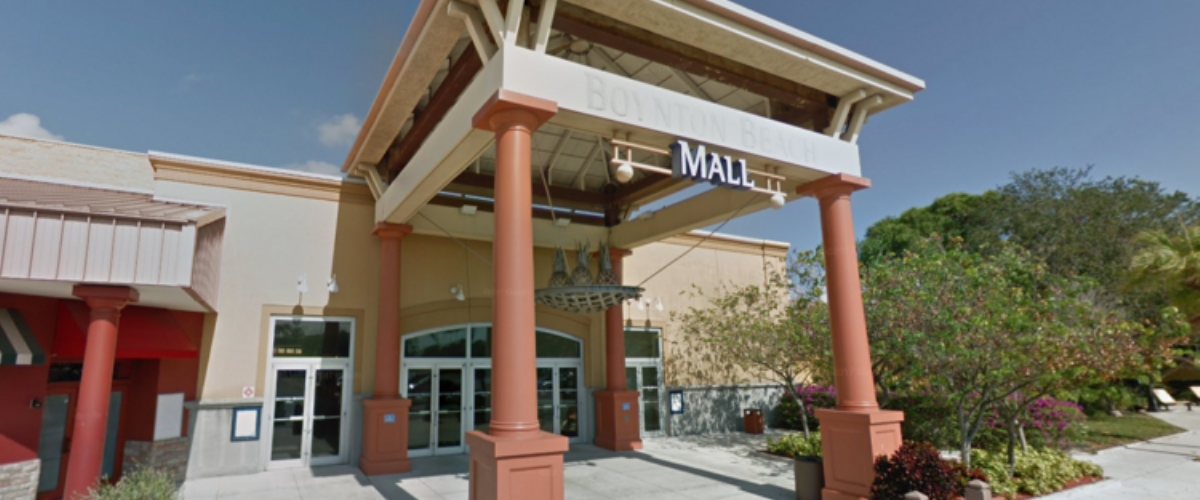The Pursuit Of Unclogging The U.S. Supply Chain Has Helped Industrial Investment Outperform The Rest Of CRE
If there’s one thing the pandemic shed a spotlight on, it is how the global supply chain was not ready for an influx of consumerism.
Ships were backed up at some of the world’s largest ports, meaning that hardware, car parts and furniture were absent from retailers’ usual inventory.
Richard Thompson, international supply chain director at JLL, summed it up earlier this year when he said, “The pandemic exposed how fragile our global supply chain was when reliant on one region. A more regionalized model allows companies to be nimbler when problems arise.”
Industrial real estate investors have benefitted from the pivot to a regional supply chain focus. The asset class has outperformed almost all other commercial sectors. During the past two years, JLL found that industrial investment activity picked up across the entire spectrum as automotive companies continued diversifying their footprint. And as supply chain logistics move to nearshoring and reshoring, investors are snatching up regional industrial space opportunities, especially near busy ports.
For example, Miami-based real estate and investment firm Black Salmon, in partnership with InLight Real Estate Partners, this week announced the $103 million disposition of Hicks Transload Facility, a Class A truck terminal and trans-loading warehouse in the Port of Savannah, the country’s third busiest port, as well as the disposition of Rex Distribution Center in Atlanta, Georgia.
“There was a tremendous amount of volume in Savannah and the state has invested billions into the port, so we found there was a lot of opportunity for us and it was just a matter of finding the right property,” Black Salmon Managing Director Stephen Evans told Benzinga. “The site in Savannah was perfect for a truck terminal. This wasn’t about warehousing. The trucks come in on one side, empty their containers and then transfer the materials to the next destination.”
According to a June report from Motley Fool, industrial commercial real estate has grown 10.3% in the past 12 months, led by demand for logistics space and limited available real estate. The vacancy rate for industrial is also the lowest in commercial real estate (CRE) at 4.3%. That performance, which is outshining the multifamily and office sectors, is fueling the present and future investment strategies of companies like Black Salmon and InLight.
“Our firm focuses primarily on industrial real estate, although it’s a type of CRE which has a different set of fundamentals that we’ve been working with since the beginning of the company,” InLight Principal Matt DiLeo said.
DiLeo also noted that industrial investors for specific property uses aren’t necessarily looking for new, high-end properties.
“We are building a value add and bridging the gap with the older facilities who need a tenant that doesn’t necessarily need all the bells and whistles,” DiLeo said.
As for the future of industrial investment, Evans is bullish and says he has already raised funding for the next year of targets.
“If I were to pick one single product type today to invest in, it would be industrial,” Evans said. “E-commerce has been the huge disruption in the industrial supply chain, and capitalizing on that disruption and how it impacts the space, has allowed us to reap the benefits.”
Source: yahoo!finance











